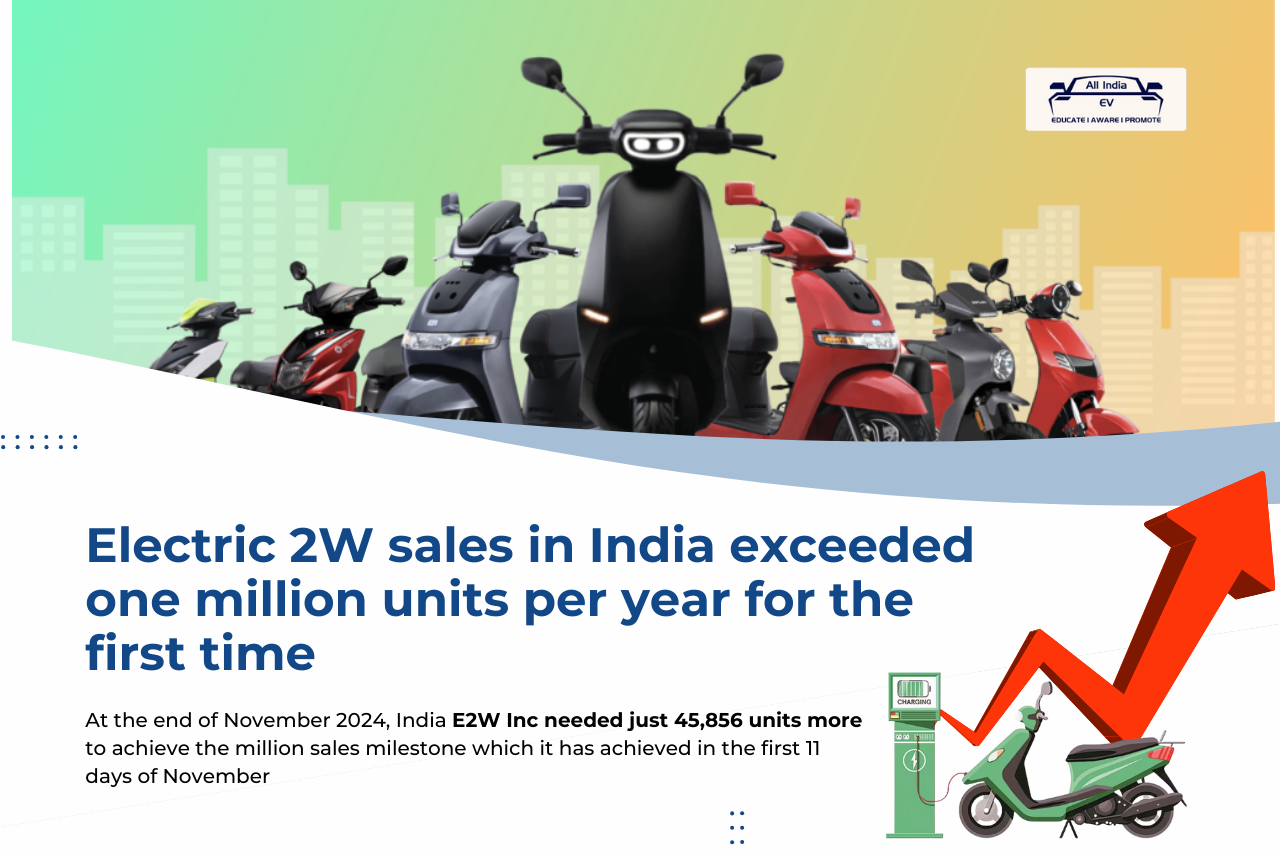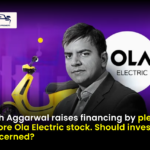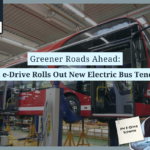
India’s Electric Future: Two-Wheelers Lead the Charge
The electric two-wheeler market in India has reached a significant milestone, with annual sales surpassing one million units for the first time. This remarkable achievement underscores the growing acceptance and demand for electric mobility solutions in the country. The surge in sales is driven by a combination of factors, including government incentives, rising fuel prices, and increasing environmental awareness among consumers. The festive season has also played a crucial role in boosting sales, as consumers took advantage of various offers and incentives to switch to electric vehicles. The top four original equipment manufacturers (OEMs) – Ola Electric, TVS Motor Company, Bajaj Auto, and Ather Energy – have collectively captured 83% of the market, highlighting their dominance in the industry.
The rapid growth of the electric two-wheeler segment is a testament to the industry’s potential and the shifting consumer preferences towards sustainable and eco-friendly transportation options. As the market continues to evolve, it is expected that the adoption of electric two-wheelers will further accelerate, contributing to a greener and more sustainable future for India’s transportation sector. This milestone also reflects the significant strides made by the industry in terms of technological advancements, infrastructure development, and consumer awareness, paving the way for a robust and dynamic electric vehicle ecosystem in India.
Market Leaders and Sales Performance
The top four OEMs – Ola Electric, TVS Motor Company, Bajaj Auto, and Ather Energy – have played a pivotal role in driving the growth of the electric two-wheeler market in India. Ola Electric leads the pack with a 37% market share, having sold 376,550 units between January 1 and November 11, 2024. TVS Motor Company follows with a 19% share, selling 187,301 units of its iQube model. Bajaj Auto, with its popular Chetak model, holds a 16% market share, having sold 157,528 units.
Ather Energy, known for its smart e-scooters, has captured a 10.72% share with 107,350 units sold. These four companies collectively account for 82.79% of the market, leaving the remaining 17% to over 200 other players. The dominance of these OEMs highlights their strong market presence and the trust consumers place in their products. Their success can be attributed to their continuous innovation, extensive distribution networks, and effective marketing strategies. Additionally, these companies have invested significantly in research and development to enhance the performance, reliability, and affordability of their electric two-wheelers, making them more appealing to a broader range of consumers.
State-Wise Sales Distribution
Maharashtra has emerged as the leading state in electric two-wheeler sales, with 182,035 units sold, accounting for an 18.18% share of the market. Uttar Pradesh follows closely with 157,631 units and a 15.74% share. Karnataka ranks third with 137,492 units, representing a 13.73% share, while Tamil Nadu is fourth with 100,223 units and a 10% share. These four states collectively account for 57.68% of the total electric two-wheeler sales in India. Rajasthan, Gujarat, Kerala, Madhya Pradesh, and Odisha also contribute significantly to the market, with each state recording substantial sales figures.
The high sales in these states can be attributed to the growing awareness of the benefits of electric vehicles, supportive government policies, and the availability of charging infrastructure. Furthermore, the proactive measures taken by state governments, such as subsidies, tax exemptions, and the development of EV-friendly policies, have played a crucial role in promoting the adoption of electric two-wheelers. The regional distribution of sales also reflects the varying levels of infrastructure development and consumer readiness across different states, highlighting the need for a more uniform approach to EV adoption nationwide.
Market Dynamics and Trends
Environmental concerns and the desire for sustainable transportation options are also driving the shift towards electric mobility. The festive season has provided an additional boost to sales, with consumers taking advantage of various offers and discounts. The market is also seeing increased competition, with new players entering the fray and existing OEMs expanding their product portfolios. The development of advanced battery technologies and the expansion of charging infrastructure are expected to further support the growth of the market.
Additionally, the increasing consumer awareness about the long-term benefits of electric vehicles, such as lower maintenance costs and reduced carbon footprint, is contributing to the growing demand. The market dynamics are also influenced by the evolving regulatory landscape, with the government implementing stricter emission norms and promoting cleaner transportation alternatives. As a result, the electric two-wheeler market is poised for continued growth, with significant opportunities for innovation and investment in the coming years.
Future Outlook and Challenges
- Promising Future: The future of the electric two-wheeler market in India looks promising, with continued growth expected in the coming years.
- Infrastructure Needs: Challenges remain, including the need for improved infrastructure, such as charging stations, and addressing concerns related to battery life and performance.
- Service Quality: Companies will need to focus on enhancing their service quality and product reliability to maintain consumer trust and drive further adoption.
- Government Role: The government’s role in providing supportive policies and incentives will be crucial in sustaining the momentum of electric vehicle adoption.
- Innovation and Affordability: As the market evolves, the focus will likely shift towards developing more advanced and affordable electric two-wheelers to cater to the diverse needs of Indian consumers.
- Consumer Education: Educating consumers about the benefits and usage of electric vehicles will be essential in overcoming misconceptions and resistance to adoption.
- Sustainability Goals: Aligning the growth of the electric two-wheeler market with broader sustainability goals will be key to ensuring long-term success and environmental benefits.
India’s Electric Two-Wheeler Market Surges: A Million-Unit Milestone
The electric two-wheeler market in India has undeniably reached a tipping point, marking a significant stride towards sustainable mobility. This remarkable achievement is a testament to the collective efforts of OEMs, government initiatives, and a growing eco-conscious consumer base.
As the market continues to evolve, it is imperative to address challenges such as infrastructure development, battery technology advancements, and consumer education to ensure a seamless transition to electric mobility. By fostering a robust ecosystem that supports innovation, affordability, and sustainability, India can solidify its position as a global leader in electric vehicle adoption.









